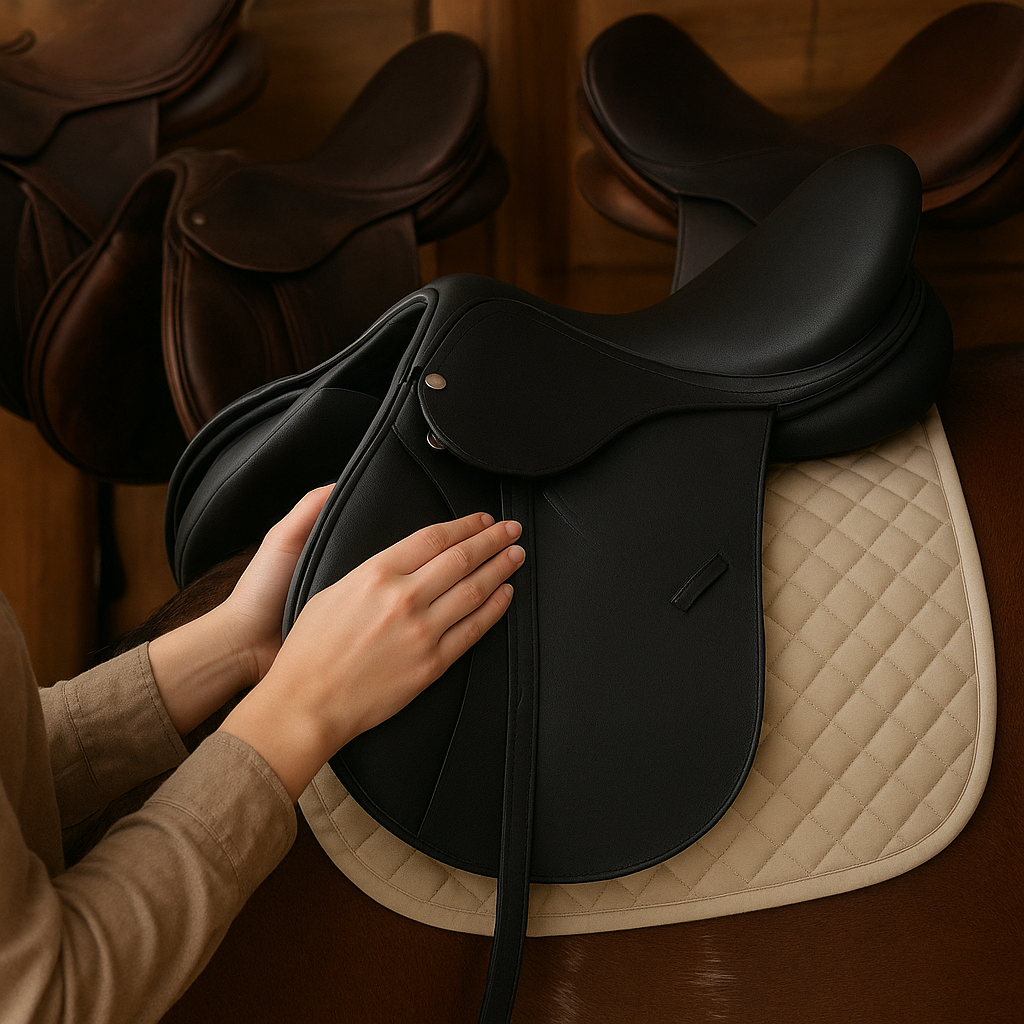
Properly inflating bike tires is crucial for ensuring a smooth and safe ride, regardless of the terrain. Whether you’re cycling on paved roads, rugged trails, or sandy beaches, the right tire pressure can make a significant difference in your biking experience. This article will guide you through the process of inflating bike tires for different terrains, helping you optimize performance and comfort.
Understanding Tire Pressure
Before diving into the specifics of inflating bike tires for various terrains, it’s essential to understand the basics of tire pressure. Tire pressure is measured in pounds per square inch (PSI) and can significantly impact your bike’s performance. Too much pressure can make the ride harsh and increase the risk of punctures, while too little pressure can cause poor handling and increased rolling resistance.
Factors Influencing Tire Pressure
Several factors influence the ideal tire pressure for your bike:
- Rider Weight: Heavier riders generally need higher tire pressure to support their weight and maintain optimal performance.
- Tire Volume: Wider tires can be inflated to lower pressures compared to narrower tires, as they have a larger air volume.
- Terrain: Different terrains require different tire pressures for optimal traction and comfort.
- Weather Conditions: Temperature changes can affect tire pressure, so it’s essential to adjust accordingly.
Inflating Tires for Road Cycling
Road cycling typically involves riding on smooth, paved surfaces. For this type of terrain, higher tire pressure is generally recommended to reduce rolling resistance and improve speed. Here’s how to properly inflate your bike tires for road cycling:
Step-by-Step Guide
- Check the Recommended PSI: Look for the recommended PSI range printed on the sidewall of your tires. This range is usually between 80-130 PSI for road bikes.
- Use a Reliable Pump: Invest in a quality floor pump with a pressure gauge to ensure accurate inflation.
- Inflate Gradually: Inflate the tires gradually, checking the pressure frequently to avoid over-inflation.
- Test the Ride: After inflating, take a short ride to ensure the pressure feels comfortable and the bike handles well.
Inflating Tires for Mountain Biking
Mountain biking involves riding on rough, uneven terrain, which requires lower tire pressure for better traction and shock absorption. Here’s how to properly inflate your bike tires for mountain biking:
Step-by-Step Guide
- Check the Recommended PSI: The recommended PSI range for mountain bike tires is usually between 30-50 PSI, depending on the tire width and rider weight.
- Use a Reliable Pump: A floor pump with a pressure gauge is still essential, but a portable pump can be handy for on-the-go adjustments.
- Inflate to the Lower End: Start by inflating to the lower end of the recommended PSI range to maximize traction and comfort.
- Adjust as Needed: After a test ride, adjust the pressure if necessary to find the perfect balance between traction and rolling resistance.
Inflating Tires for Gravel and Cyclocross
Gravel and cyclocross biking involve a mix of terrains, including dirt, gravel, and pavement. The ideal tire pressure for these conditions is somewhere between road and mountain biking pressures. Here’s how to properly inflate your bike tires for gravel and cyclocross:
Step-by-Step Guide
- Check the Recommended PSI: The recommended PSI range for gravel and cyclocross tires is usually between 40-70 PSI.
- Use a Reliable Pump: A floor pump with a pressure gauge is essential for accurate inflation.
- Inflate to the Mid-Range: Start by inflating to the mid-range of the recommended PSI to balance speed and traction.
- Adjust as Needed: After a test ride, adjust the pressure based on the specific terrain and your comfort level.
Inflating Tires for Fat Biking
Fat biking involves riding on soft, unstable surfaces like snow, sand, and mud. These conditions require very low tire pressure to maximize flotation and traction. Here’s how to properly inflate your bike tires for fat biking:
Step-by-Step Guide
- Check the Recommended PSI: The recommended PSI range for fat bike tires is usually between 5-15 PSI.
- Use a Reliable Pump: A floor pump with a pressure gauge is still essential, but a portable pump can be handy for on-the-go adjustments.
- Inflate to the Lower End: Start by inflating to the lower end of the recommended PSI range to maximize flotation and traction.
- Adjust as Needed: After a test ride, adjust the pressure if necessary to find the perfect balance between flotation and rolling resistance.
Common Mistakes to Avoid
Properly inflating bike tires is not just about following the recommended PSI range. Here are some common mistakes to avoid:
- Ignoring Temperature Changes: Tire pressure can fluctuate with temperature changes, so it’s essential to check and adjust the pressure regularly.
- Over-Inflating: Over-inflating tires can lead to a harsh ride and increase the risk of punctures.
- Under-Inflating: Under-inflating tires can cause poor handling and increased rolling resistance.
- Using a Faulty Pump: A faulty pump can give inaccurate pressure readings, so invest in a quality pump with a reliable gauge.
Conclusion
Properly inflating bike tires for different terrains is essential for optimizing performance, comfort, and safety. By understanding the basics of tire pressure and following the guidelines for various terrains, you can ensure a smooth and enjoyable ride. Remember to check the recommended PSI range, use a reliable pump, and adjust the pressure as needed based on your specific riding conditions. Happy cycling!

